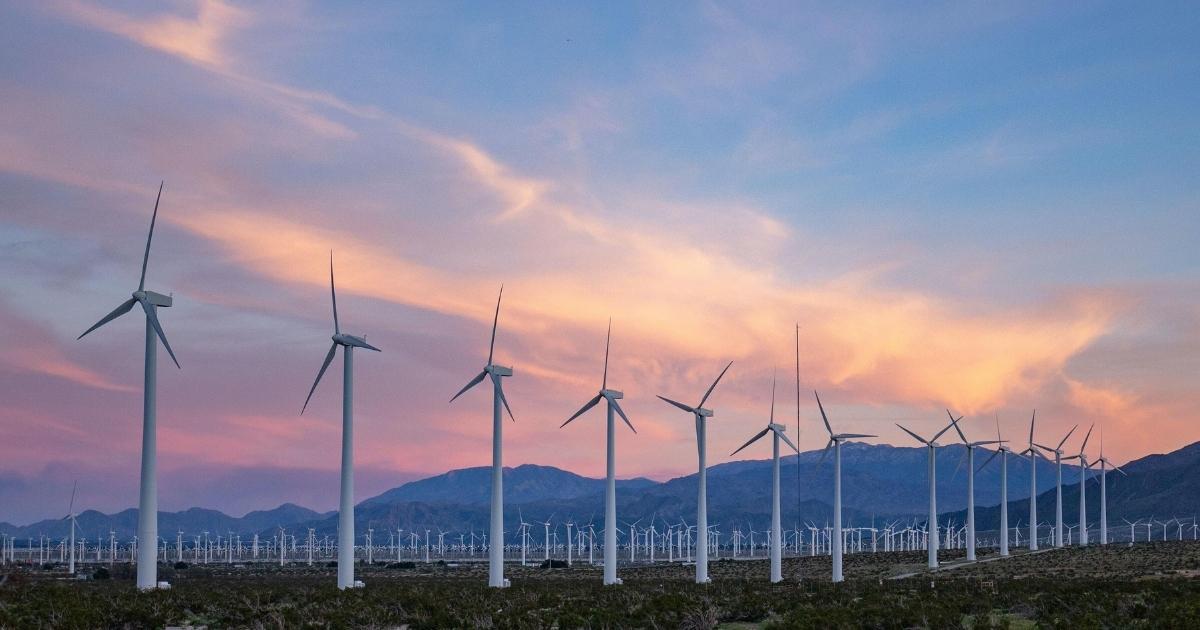
As it enters its eleventh year, California’s cap-and-trade program continues to raise revenue to fight the climate crisis
This blog was co-authored by Katelyn Roedner Sutter, California State Director
Results of the latest Western Climate Initiative auction were released today, and we continue to see strong demand for allowances. This was the first quarterly auction of 2024, and it was a strong start for this marquee climate program.
This auction is expected to generate roughly $1.31 billion for the Greenhouse Gas Reduction Fund, which will invest in projects around the state that electrify transportation, reduce household energy costs, strengthen resilience to natural disasters, and more. This funding comes at a crucial time, as California faces both ongoing impacts from climate change and a challenging budget year.
February auction results
- All 51.2 million current vintage allowances offered for sale were purchased, resulting in the 14th consecutive sold-out auction. This is 11% or 6.4 million fewer allowances than were offered at the previous auction.
- The current auction settled at a record price of $41.76, $17.72 above the $24.04 floor price and $3.03 above the November 2023 settlement price of $38.73.
- All of the 7.2 million future vintage allowances offered for sale were purchased — these allowances can be used for compliance beginning in 2027. This is about 366,000 allowances fewer than were offered at the previous advance auction.
- Future vintage allowances settled at $41.00, $16.96 above the $24.04 floor price and $3.60 above the November settlement price of $37.40.
What factors may be at play with these results?
These strong prices could indicate the confidence of market participants in this program and potentially reflect expectations of a more ambitious program in the future — which would mean a tighter emissions cap and fewer allowances.
Potential changes to the program, including a tighter emissions cap, have been discussed in a series of public workshops hosted by the California Air Resource Board (CARB) over the past year as part of a potential rulemaking process. CARB introduced three potential scenarios for a tighter budget, and regulated entities may expect fewer allowances to be available in the coming years as a result of changes CARB is considering. That could be leading to many entities buying up allowances now, anticipating that prices will be higher (with less supply) in the future. These trends have been visible in the past few WCI auctions.
Opportunities to strengthen cap-and-trade
Following the series of public workshops held by CARB last year, we expect them to initiate the formal rulemaking process on cap-and-trade this spring. This will be an important opportunity for CARB to strengthen the program.
That is, if other programs over-perform in cutting emissions, there could be less demand for allowances and less pressure on the emissions cap. If, however, other programs do not deliver the desired reductions, the emissions cap can close that gap — there would be greater demand for allowances and potentially higher allowance prices, but a well-designed cap means that California’s covered emissions cannot exceed what is required to meet our targets. No other climate program in California can fill this essential role.
For over a decade with cap-and-trade, California has successfully delivered reduced year-on-year emissions from nearly every sector covered by the program and has generated revenue resulting in $9.3 billion implemented through California Climate Investments programs that support climate equity, improve public health outcomes, and further reduce emissions.
However, even with all that this program has already delivered, there’s much more that can be done to guarantee that this program delivers emissions reductions and supports overburdened communities. CARB has been considering necessary changes over its workshops and rulemaking process, and it’s absolutely right to be doing so.
1. Strengthen the emissions cap
Tightening the emissions cap is key to its success in delivering the climate outcomes it is designed for. By considering different scenarios for how to reduce allowance budgets from 2025 to 2030, CARB is taking a very positive step to focus on ambition and increase the stringency of the cap-and-trade program in the near term. Prioritizing near-term reductions would get California on a better path to minimizing the harmful build-up of climate pollution and create greater certainty in the state’s ability to hit its emission reduction targets. The emissions cap is the most important part of this program and ensuring that it’s appropriately calibrated to meet the urgency of the climate crisis is crucial. Swift and effective emissions reductions is an urgent priority, and CARB’s rulemaking process is a key opportunity to strengthen the emissions reduction potential of this program with a tighter cap and fewer allowances.
2. Take action on local air pollution
With this rulemaking, CARB should also consider ways that cap-and-trade can contribute to improving local air quality. By establishing facility-level caps in highly impacted communities, CARB can ensure that facilities in overburdened communities or specific sectors – such as refineries – reduce their greenhouse gas emissions and correlated co-pollutants at least as fast as the overall emissions cap. Facility-level caps have been recommended by the Environmental Justice Advisory Committee and the Independent Emissions Market Advisory Committee for years, and implementing this kind of change would be a big step toward addressing the disproportionate environmental burden experienced in many communities in California.
3. Emissions Containment Reserve and offsets under the cap
This rulemaking is also an opportunity for CARB to make other changes to the program that EDF has long advocated for. This includes an which would reduce allowance supply when prices are low – thus ensuring that lower demand and lower prices are translated into greater climate ambition. An ECR is an important tool in policymakers’ toolbox to consider for further strengthening this important program. Similarly, CARB should consider counting emissions offsets underneath the emissions cap, rather than in addition to the emissions cap.
4. Program planning post-2030
There’s also the urgent need to consider the long-term future of the cap-and-trade program; California needs certainty about this essential policy. In order to incentivize covered entities to meaningfully invest in emissions abatement technology in the near term, there needs to be a clear and certain path forward for the program after 2030. Cap-and-trade has been a critical backstop in California for over a decade; in order to ensure that California gets and stays on track to meet its goals, the state needs this program to be strong, ambitious, and enduring. The legislature should make the future of cap-and-trade a priority – we need to do this soon, and we need to do it right.
5. Linking with other carbon markets
Lastly, California has an opportunity before it as CARB makes these important program updates to expand its climate diplomacy by pursuing linkage with Washington and potentially New York. California cannot solve climate change alone, and exporting ambitious, well-designed policy so others can join our efforts yields climate benefits far beyond what California can deliver on its own.
2024 will be an exciting year for cap-and-trade — stay tuned to EDF’s blogs for updates and analysis!












